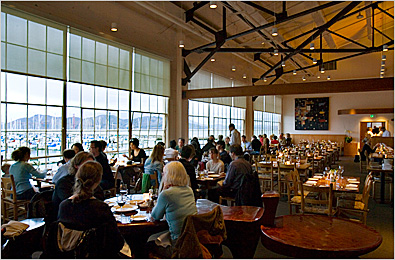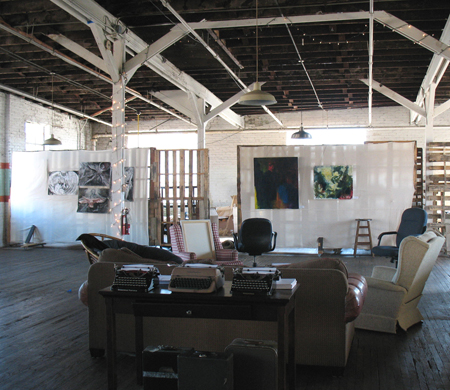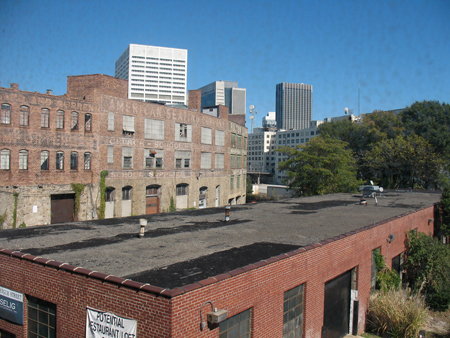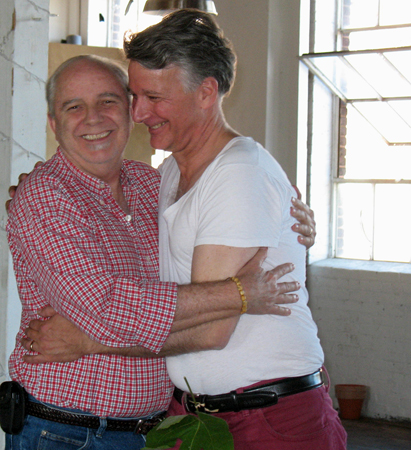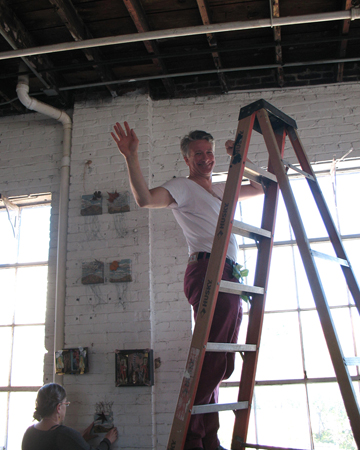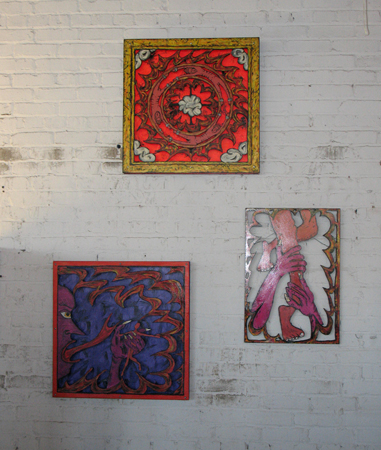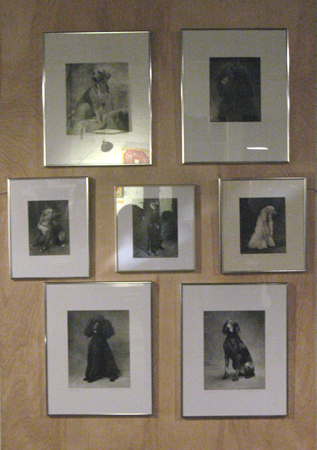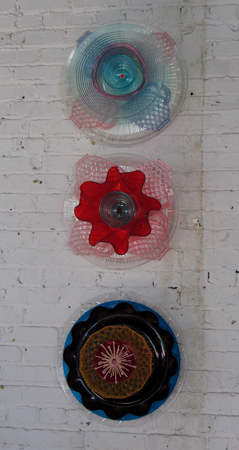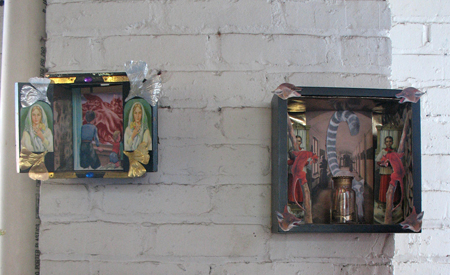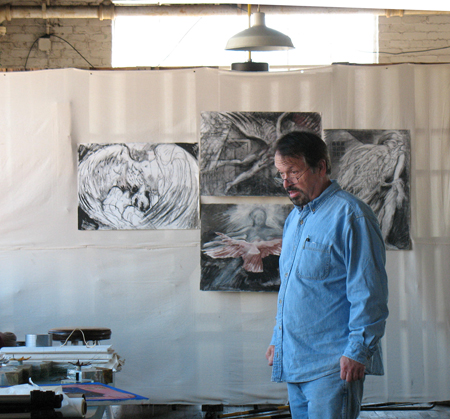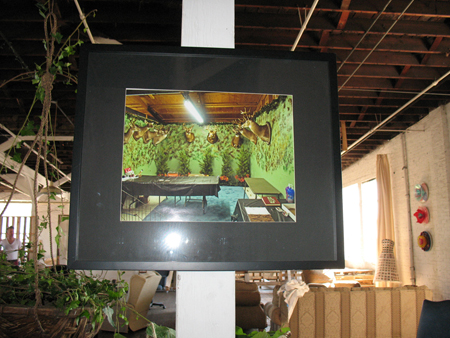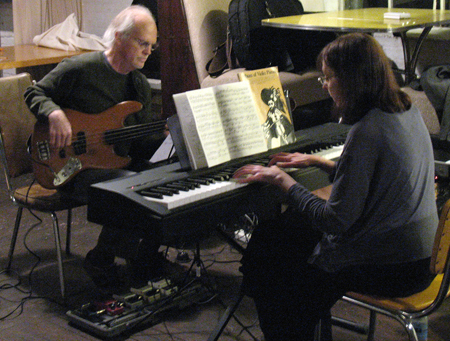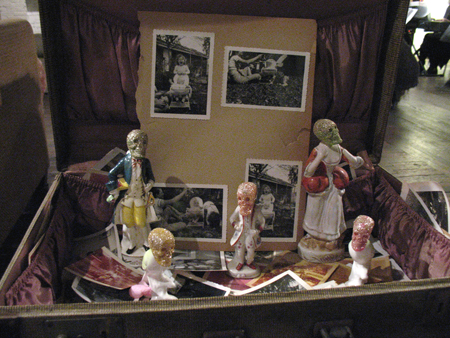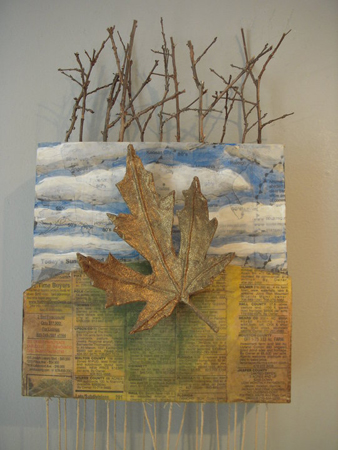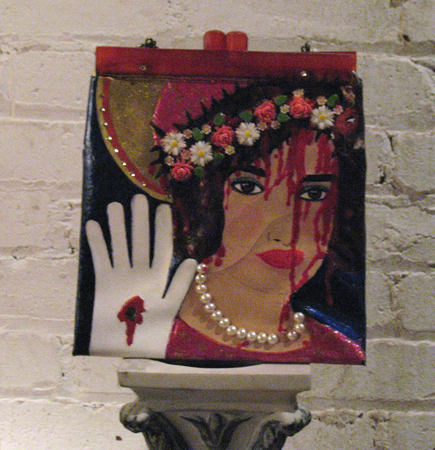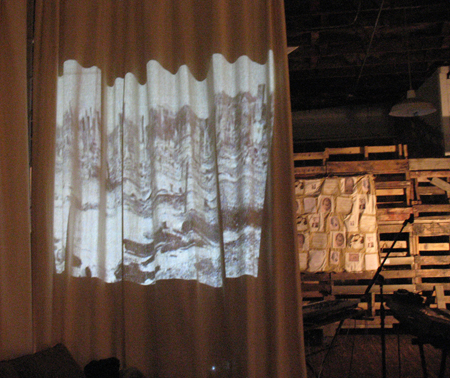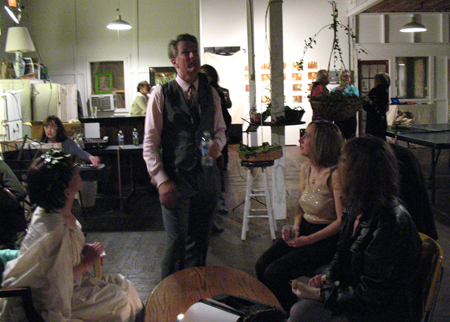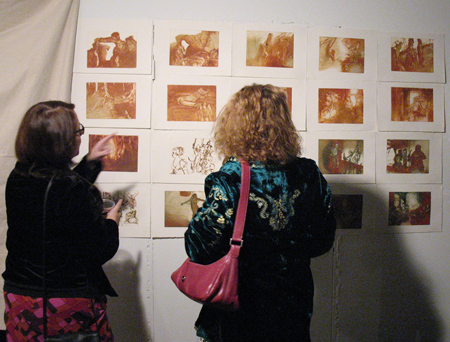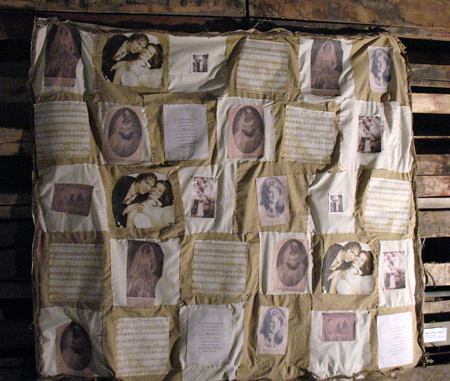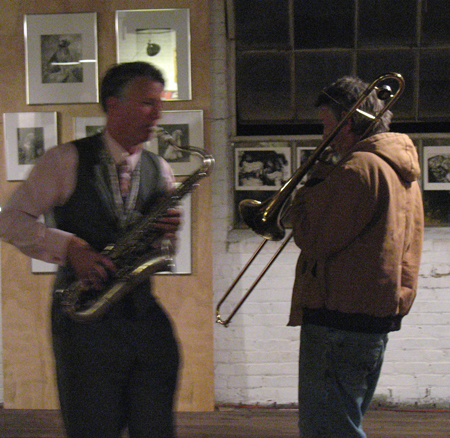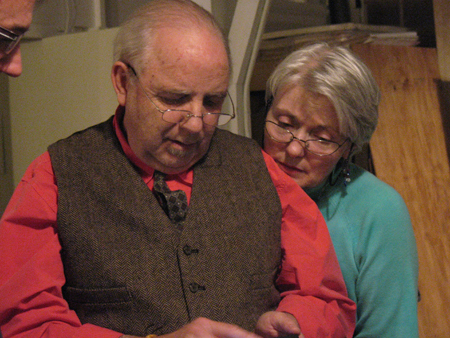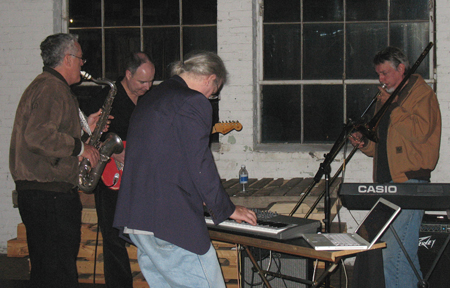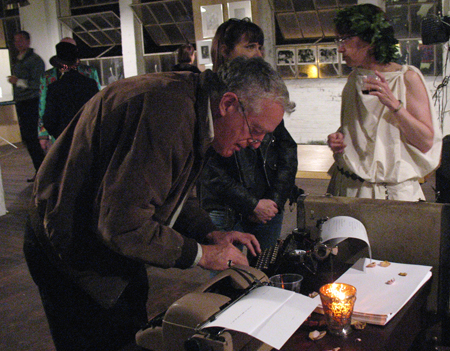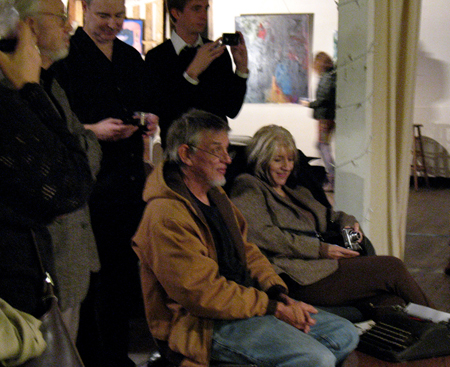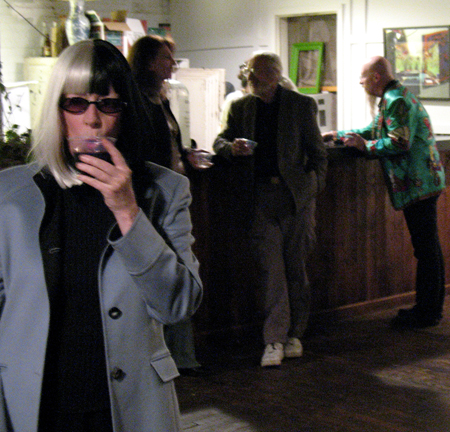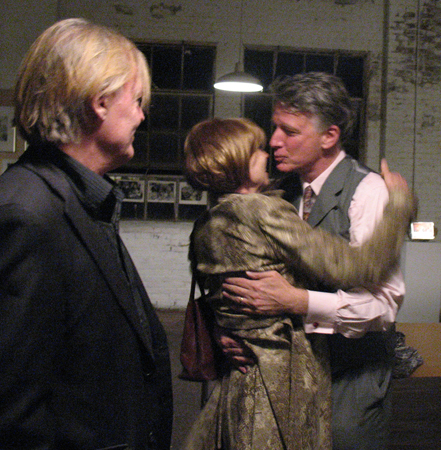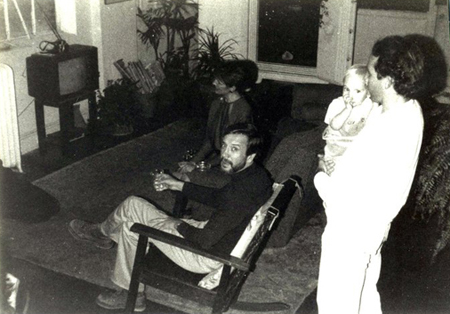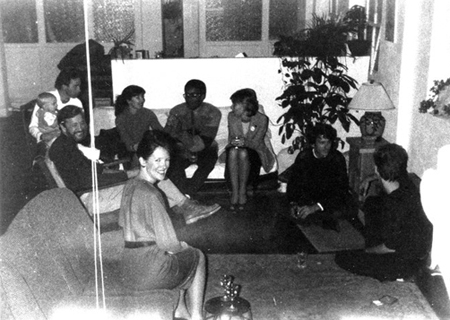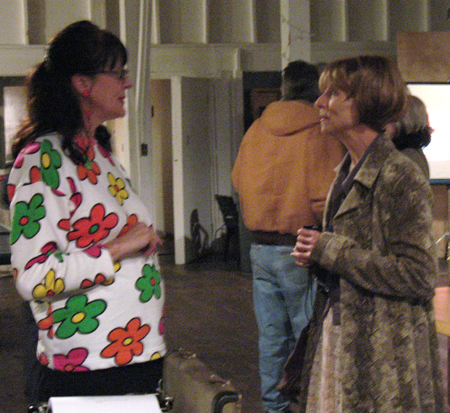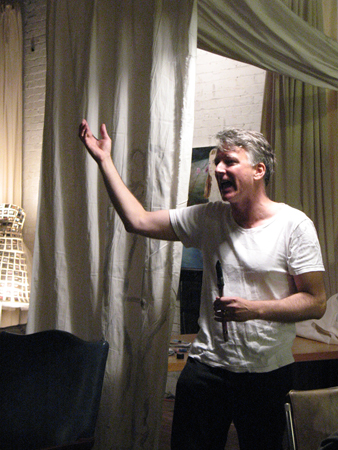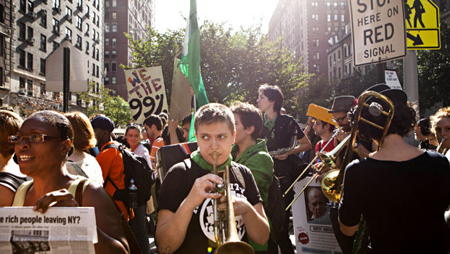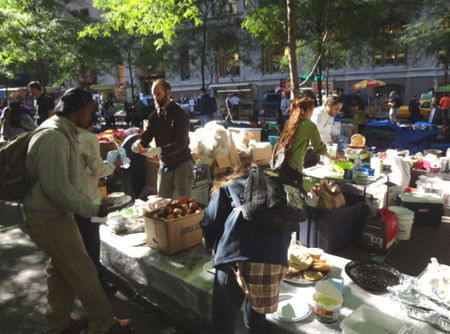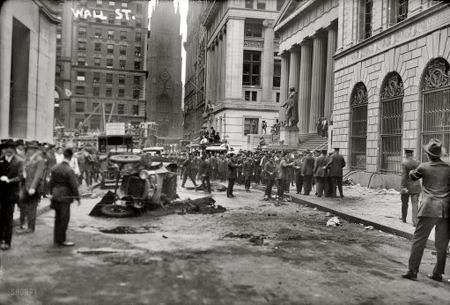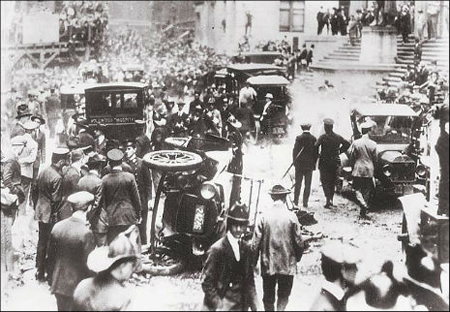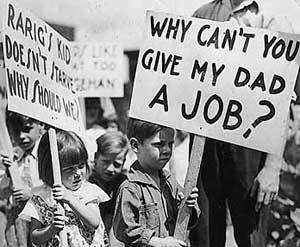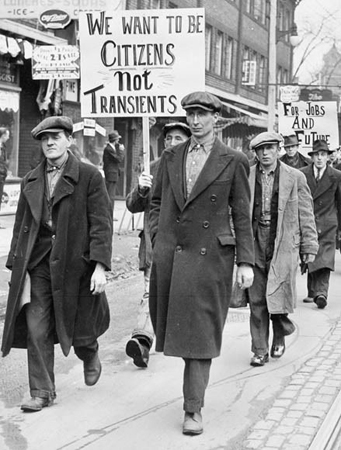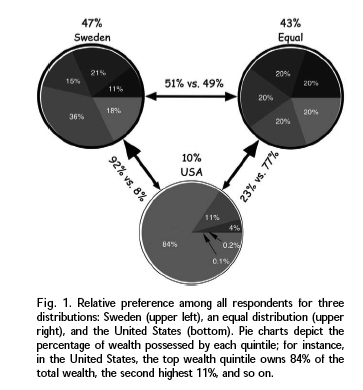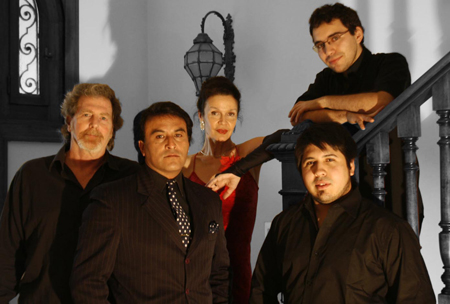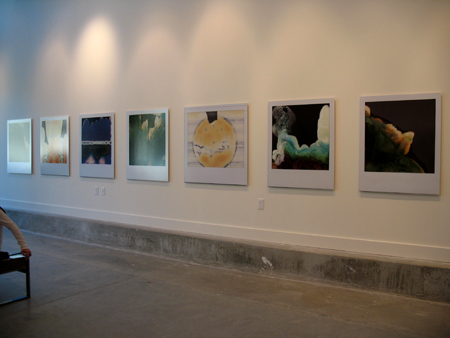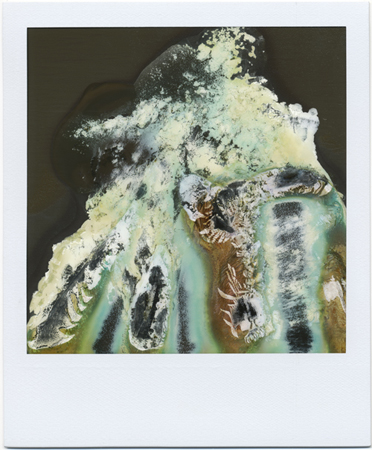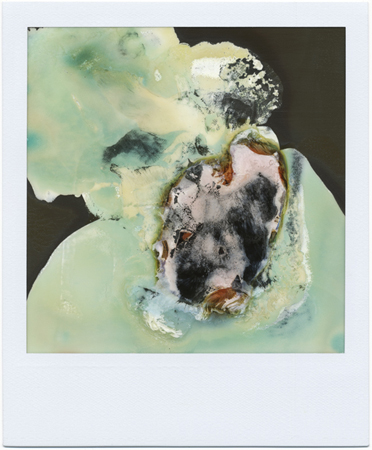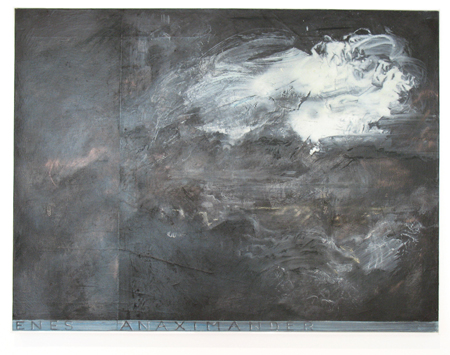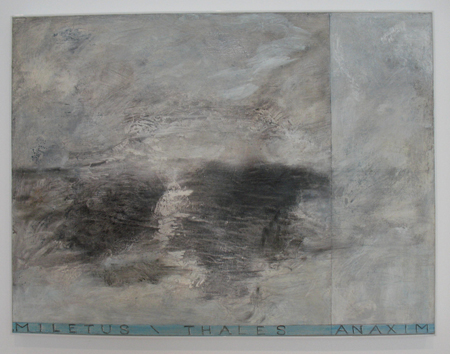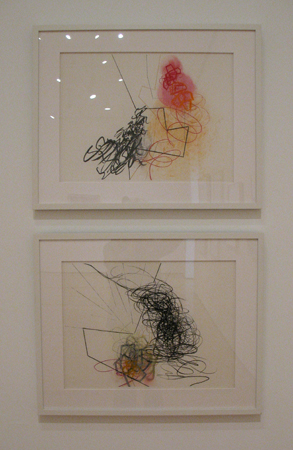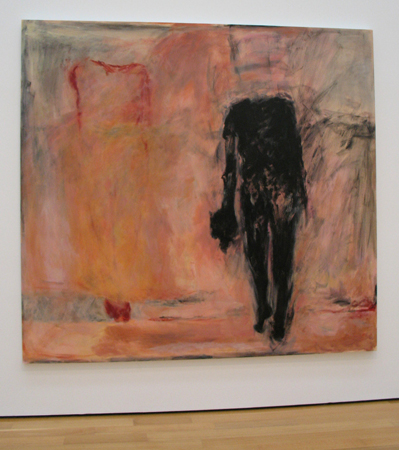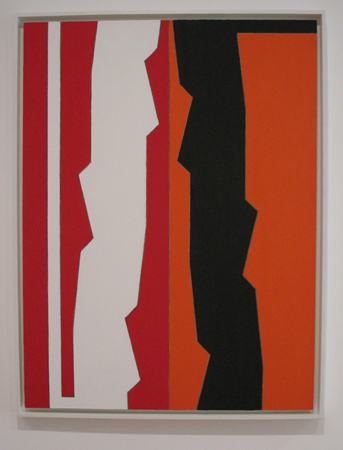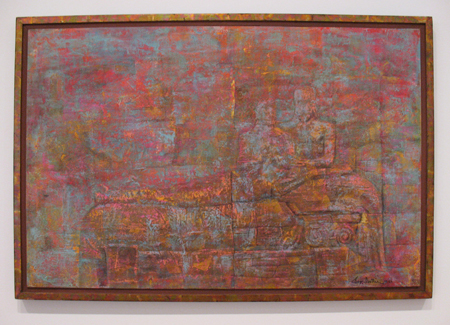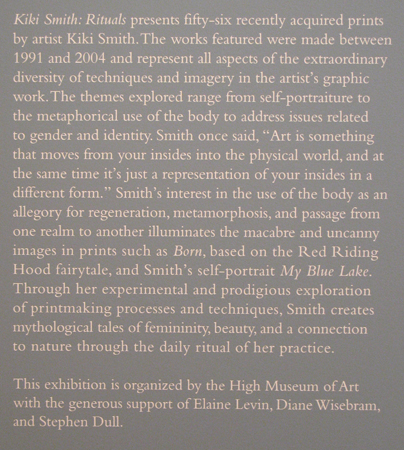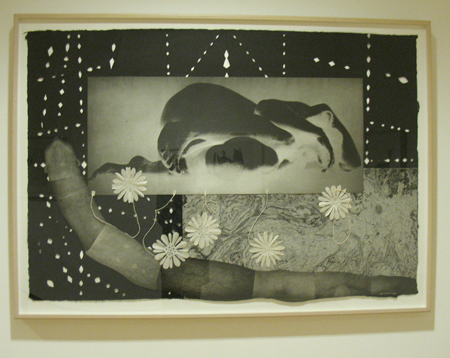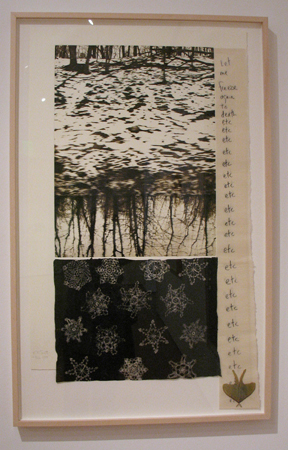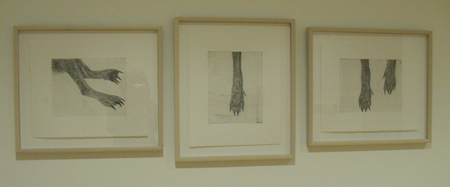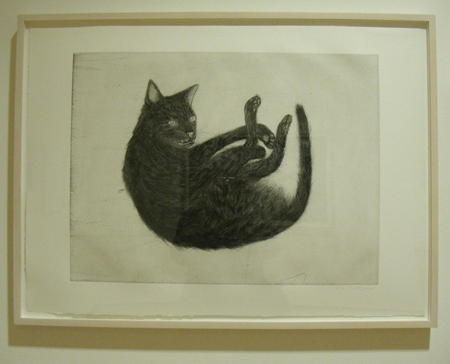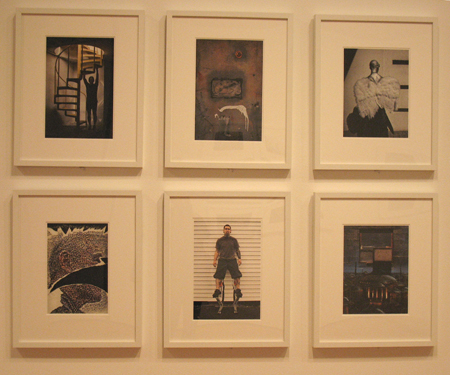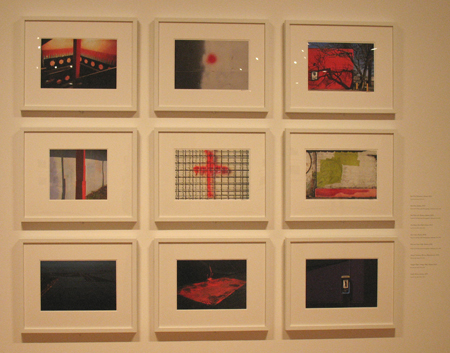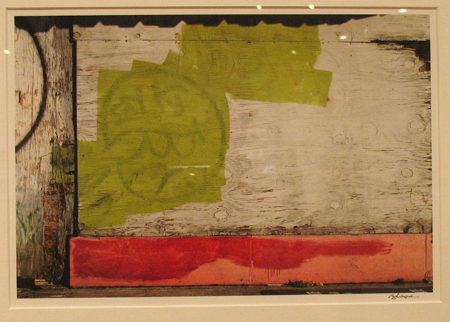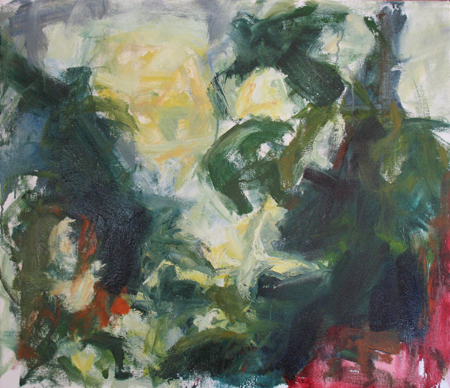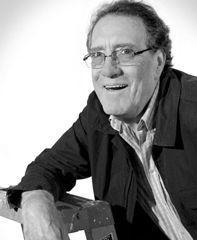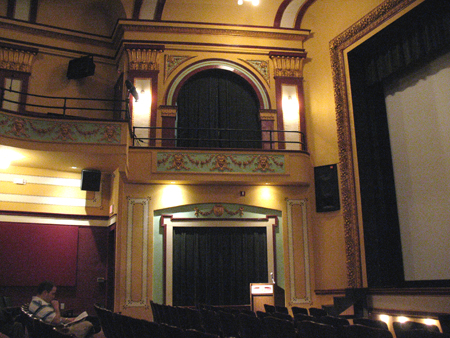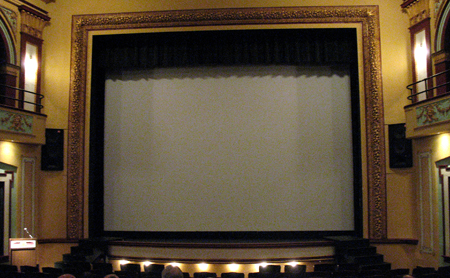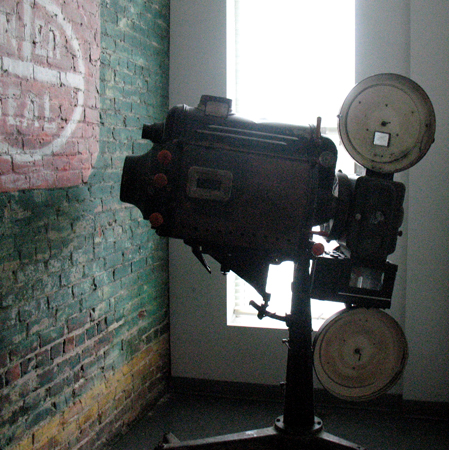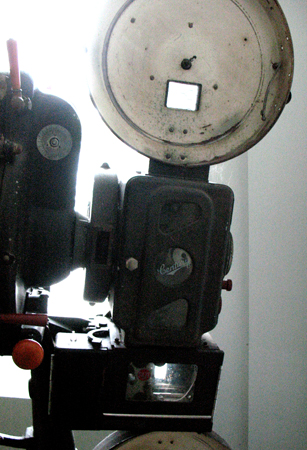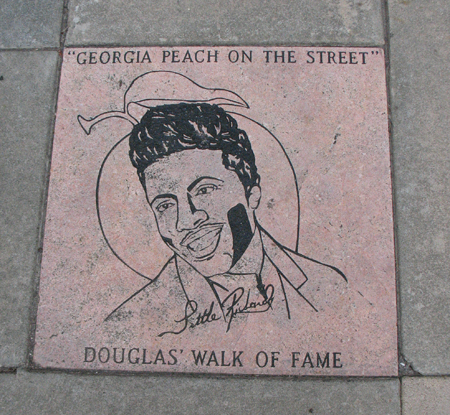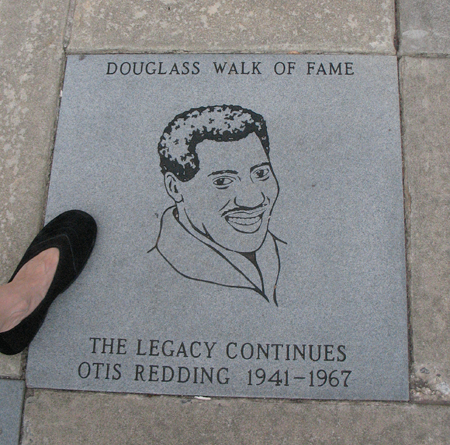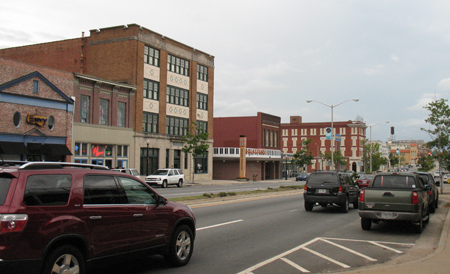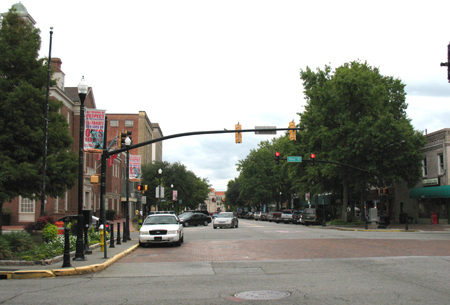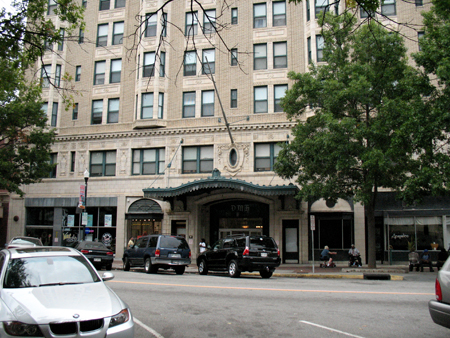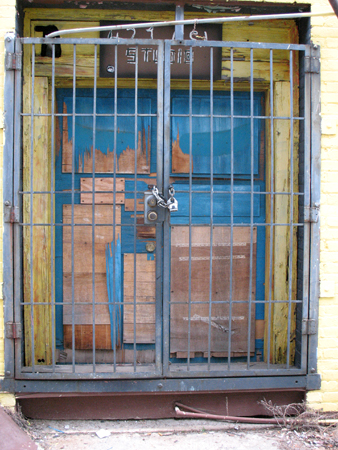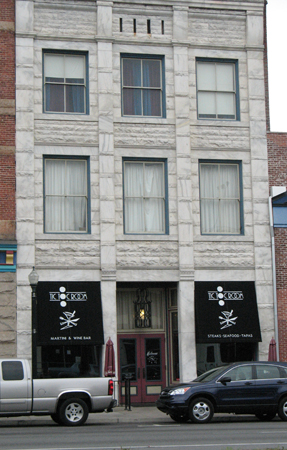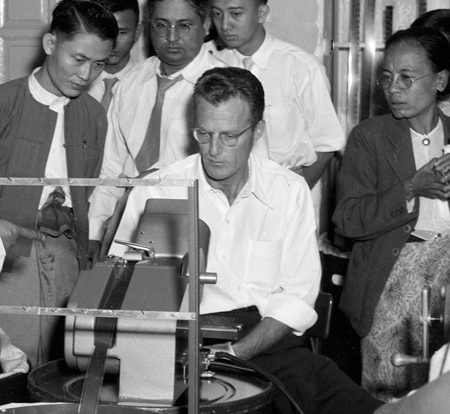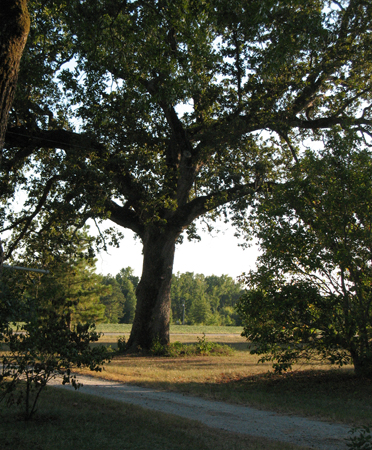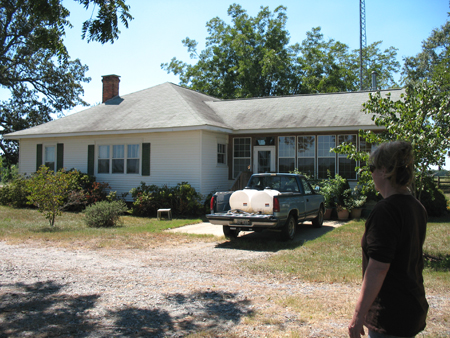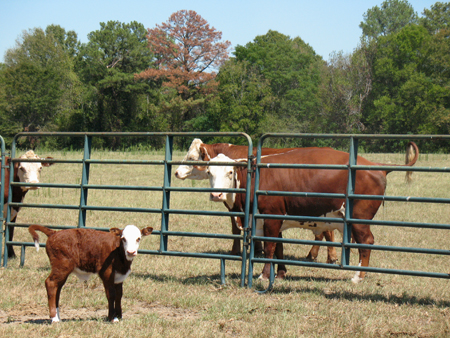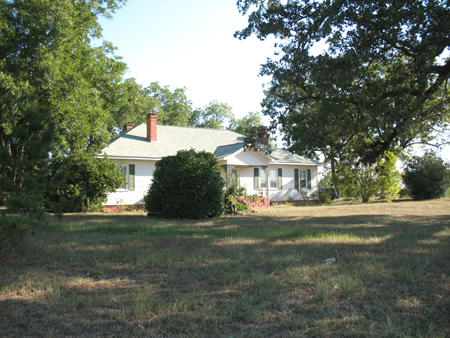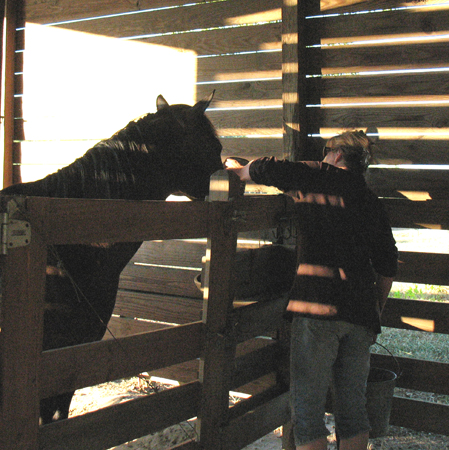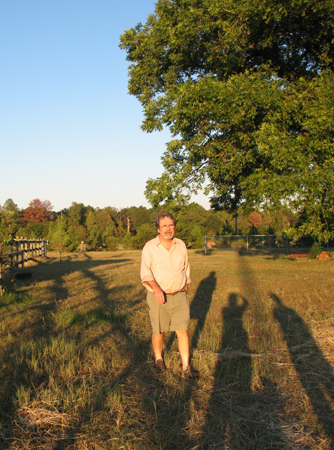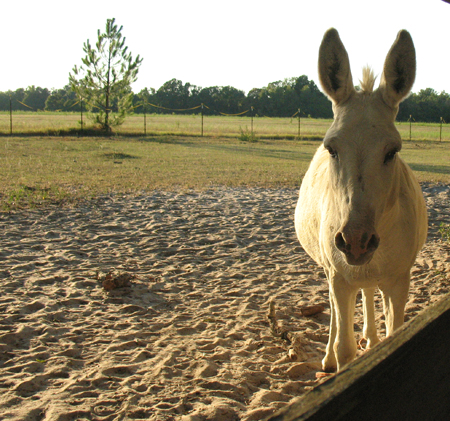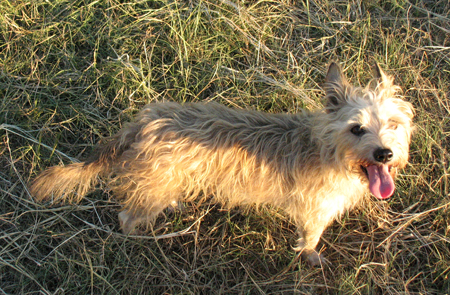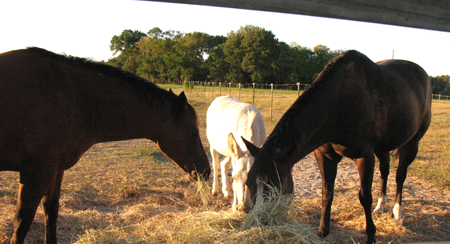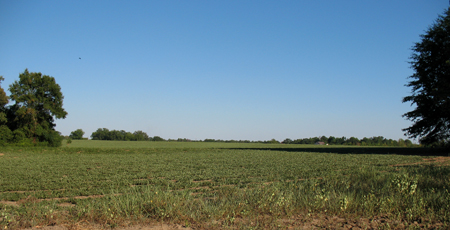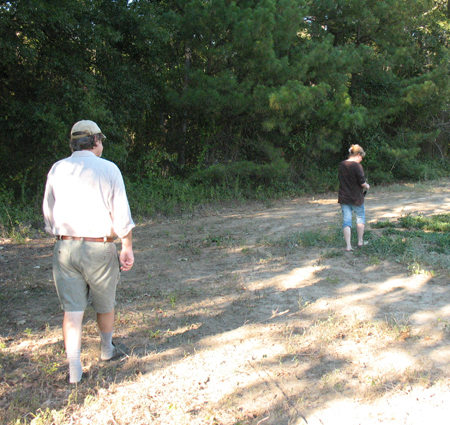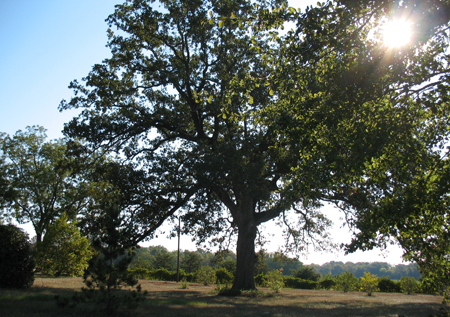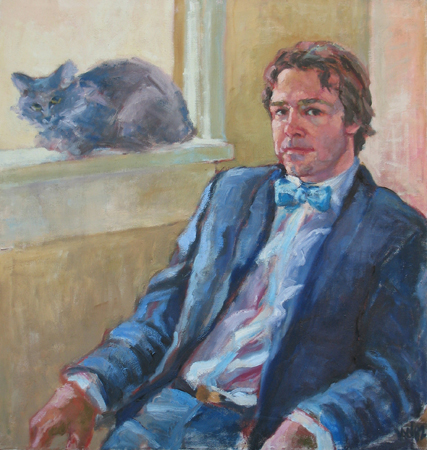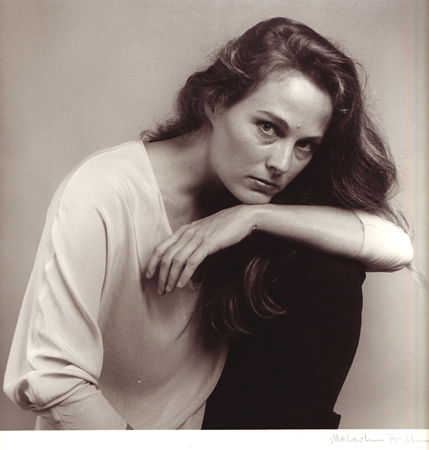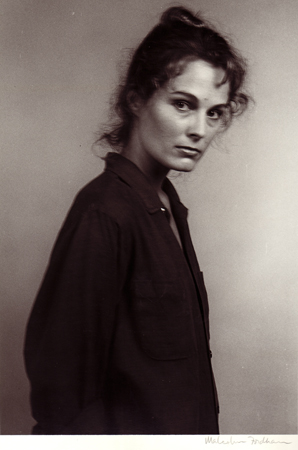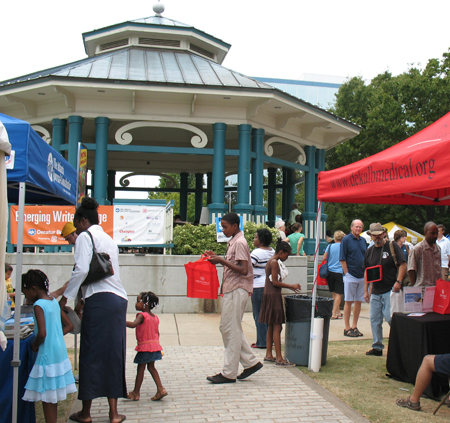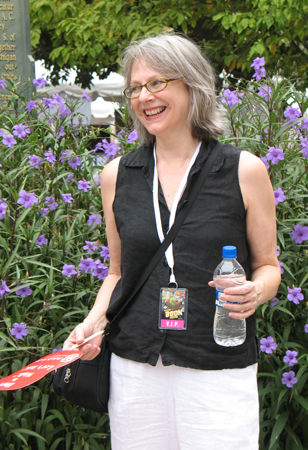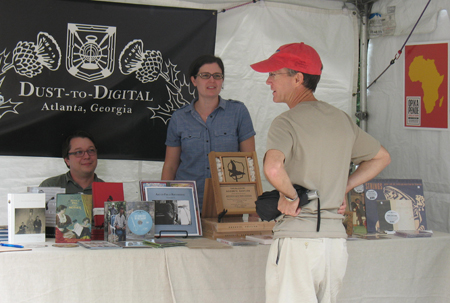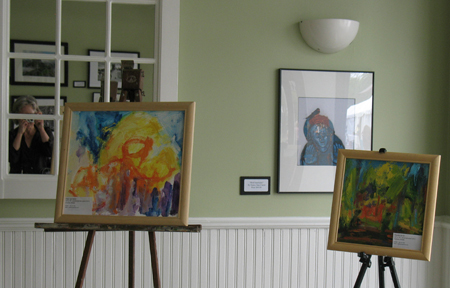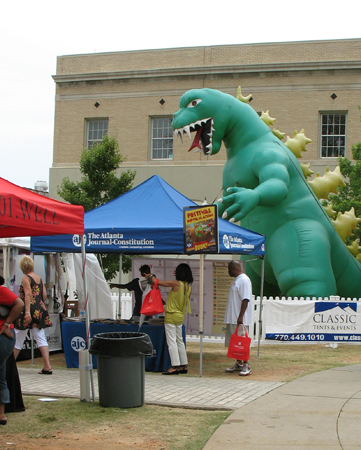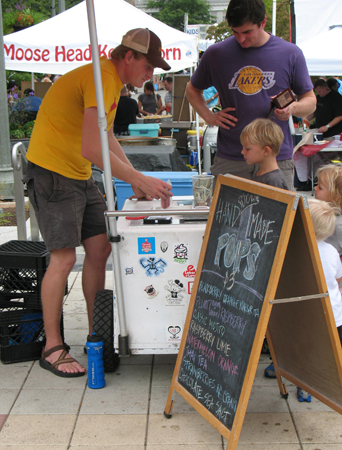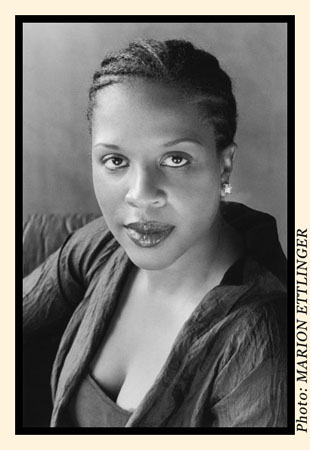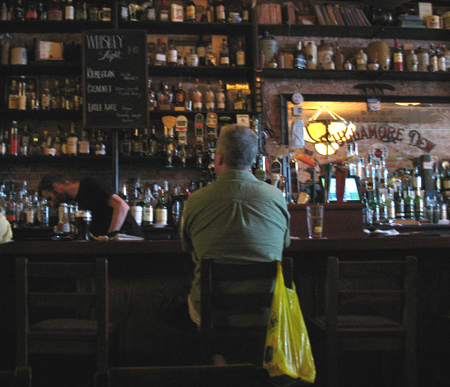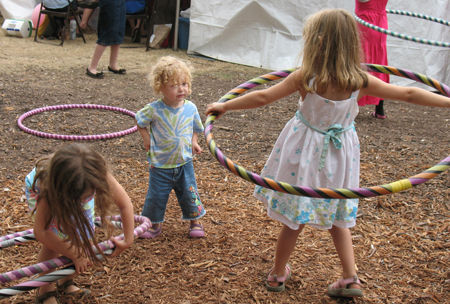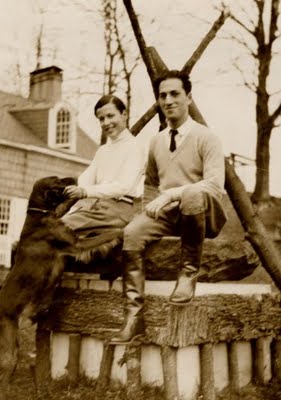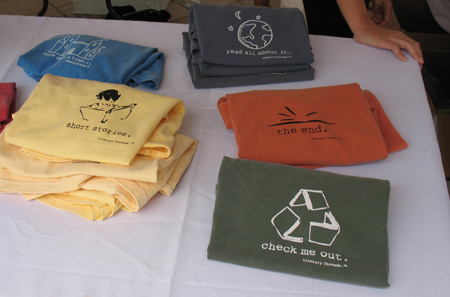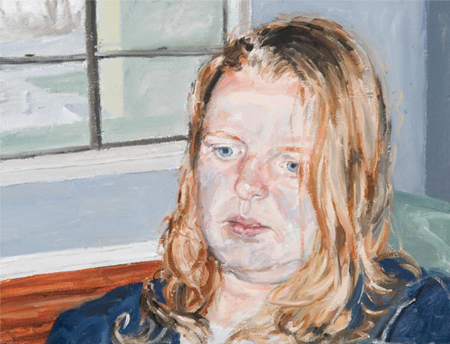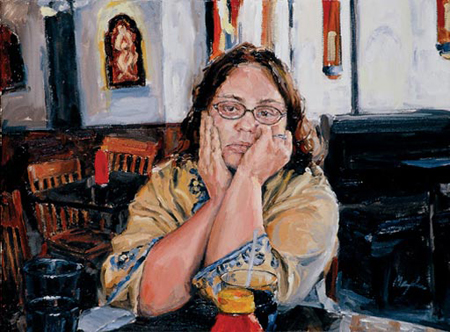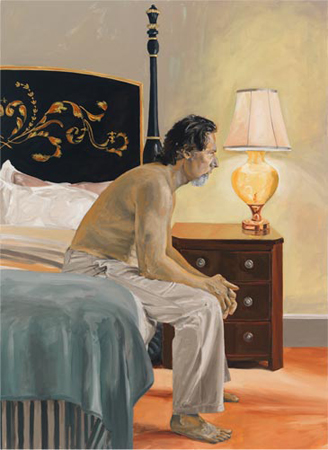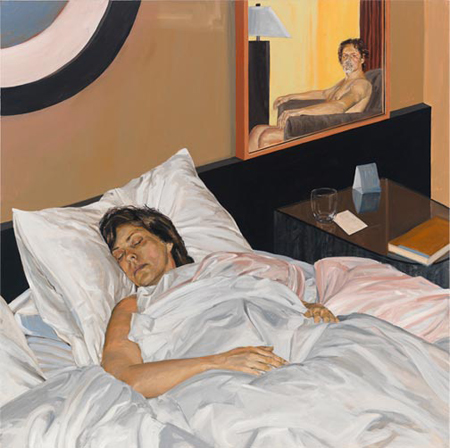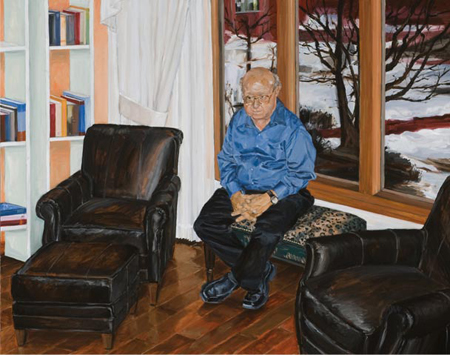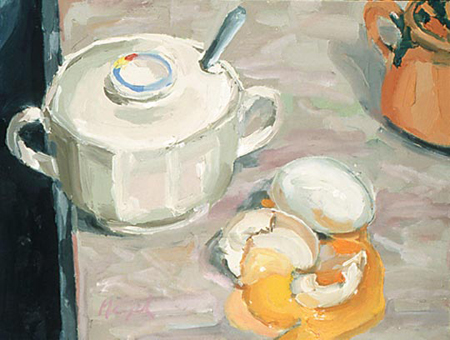I had a scare last week with six retinal tears in one eye that required emergency laser surgery. These occurred after posterior vitreous detachments (PVD’s) in both eyes during the summer and fall. Lucky for me that the Emory Eye Clinic is nearby. By chance (because you’re usually assigned whomever is on duty), I had a great doctor, G. Baker Hubbard III, who whisked me into the operating room that afternoon. He may sound like one of the cast members of Gilligan’s Island, but he’s a veteran retinal specialist with pedigrees from Vanderbilt and Emory.
What causes PVD’s? If you’re young and box or play heavy contact sports, a trauma can precipitate the vitreous fluid detaching and creating floaters or worse, tears of the retina or retinal detachment. If you’re between 40 and 70, they’re apparently a common plight.
After the surgery I was forbidden to read, paint, email or swim for a week. All the things I normally do. What was left, daytime TV? Nah, I took the week to brush up my culinary skills.
Not everyone loves spicy hot chili, curried cauliflower or gingery gingersnaps…but since I was the one commandeering the kitchen, those were my choices. The black bean chili recipe is from Green’s – the restaurant is on San Francisco’s Fort Mason marina overlooking the water. The gingersnaps are from an old Gourmet whose pages are tattered from Christmas baking. And the cauliflower dish is from the 1971 first printing of the New York Times Natural Foods cookbook, by Jean Hewitt. My ex mother-in-law gave me that one and it’s practically falling apart.
Greens was one of my favorite restaurants when I lived in San Francisco. Vegetarian based meals with organic produce from the Green Gulch farm in Marin were simple, incredibly tasty and healthy. Not to mention the great view from the dining-room.
My sister gave me the 1987 cookbook, written by founding chef Deborah Madison and the Tassajara Bread Book’s author Edward Espe Brown. That little 1970 volume is somewhere up in the attic. It inspired an autumn spent in Easton, PA selling loaves of dense, hand milled organic wheat bread on the town square. $3 a loaf in 1970 was thought to be exorbitant, but we had takers! Now of course, that’s at the low end for the price of organic bread.
I substituted pinto beans for 1 c. of the black beans in the chili and got a denser soupy mixture. If you’re using ground chili instead of roasting your own peppers, try 1 Tbs at a time and taste. My 1 Tbs of Dekalb Farmers Market chipotle and 1 Tbs of chili powders is a pretty intense heat.
Serve with cornbread or over brown rice.
BLACK BEAN CHILI
2 cup Black turtle beans
1 Bay leaf
4 tsp Cumin seeds
4 tsp Dried oregano leaves
4 tsp Paprika
1/2 tsp Cayenne pepper
1 Chile negro or ancho chile, (for chili powder)
or 2 TB Chili powder, or more
3 TB Corn or peanut oil
3 med Yellow onions – diced into 1/4-in squares
4 Garlic cloves – coarsely chopped
1/2 tsp Salt
1 1/2 lb Ripe or canned tomatoes -peeled, seeded and chopped- juice reserved
1 TB Rice wine vinegar (or more)
4 TB Cilantro, chopped
GARNISHES
Green chiles: 2 Poblano or Anaheim, – roasted, peeled & diced
or 2 oz Canned green chiles, – rinsed well and diced
1/2 cup Grated Muenster cheese – (or more)
1/2 cup Creme fraiche or sour cream
Cilantro
SORT THROUGH THE BEANS and remove any small stones. Rinse them well, cover them generously with water, and let them soak overnight. Next day, drain the beans, cover them with fresh water by a couple of inches and bring them to a boil with the bay leaf. Lower the heat and let the beans simmer while you prepare the rest of the ingredients. (Or pressure cook as I do).
Heat a small heavy skillet over medium heat. Add the cumin seeds, and when they begin to color, add the oregano leaves, shaking the pan frequently so the herbs don’t scorch. As soon as the fragrance is strong and robust, remove the pan from the heat and add the paprika and the cayenne. Give everything a quick stir; then remove from the pan–the paprika and the cayenne only need a few seconds to toast. Grind in a mortar or a spice mill to make a coarse powder.
Preheat the oven to 375ºF. To make the chili powder, put the dried chile in the oven for 3-to-5 minutes to dry it out. Cool it briefly; then remove the stem, seeds and veins. Tear the pod into small pieces and grind it into a powder in a blender or a spice mill. (Or use powders chile, we have lots available here)
Heat the oil in a large skillet and saute the onions over medium heat until they soften. Add the garlic, salt and the ground herbs and chili powder and cook another 5 minutes. Add the tomatoes and their juice. Simmer everything together for 15 minutes then add this mixture to the beans, and, if necessary, enough water so the beans are covered by at least 1-inch.
Continue cooking the beans slowly until they are soft, an hour or longer, or pressure cook them for 30 minutes at 15 pounds pressure. Keep an eye on the water level and add more, if needed, to keep the beans amply covered. When the beans are cooked, taste them and season to taste with the vinegar,
additional salt if needed, and the chopped cilantro.
Prepare the garnishes. If you are using fresh green chiles, roast them over a flame until they are evenly charred. Let them steam 10 minutes in a bowl covered with a dish; then scrape off the skins, discard the seeds, and dice. Serve the chili ladled over a large spoonful of grated cheese and garnish it with the creme fraiche or sour cream, the green chilies and a sprig of fresh cilantro.
Though served in a bowl and eaten with a spoon, this chili is a great deal thicker than most soups–thick enough in fact to be served on a plate right alongside fritters or cornbread. It also, however, can be thinned considerably with stock, water or tomato juice to make a thinner but still very flavorful black bean soup. When thinned to make a soup, it can be served as part of a meal rather than a meal in itself.
I couldn’t find a recipe that matched Hewitt’s cauliflower curry, but this one comes close and is a bit heartier with the addition of potatoes. She included 3/4 tsp grated fresh ginger. It’s a main meal served with rice.
Potato and Cauliflower Curry
Serves 4-6
1 large or 2 small onions, diced small
1 pound (about 6 small) red potatoes, cut into small cubes
1 small head of cauliflower, cut into bite-sized pieces
1-inch nub of garlic, minced or grated on a microplane
1 teaspoon cumin
2 teaspoons curry powder
1/4 teaspoon turmeric
1 (28-ounce) can diced tomatoes in their juices
3/4 tsp grated fresh ginger.
1 c. yogurt
Heat a teaspoon of olive oil in a 4- to 6- quart dutch oven over medium-high heat. Cook the onions with a half teaspoon of salt until they are soft and translucent. Add the potatoes with another half teaspoon of salt and cook until they are browned on all sides. Add the cauliflower and cook until it is also browned in spots.
Toss in all of the spices and stir until they are fragrant, about 30 seconds. Pour in the tomatoes and their juices. Bring everything to a boil, then reduce the heat to medium-low. Cover the pot and let the curry simmer until the potatoes and cauliflower are soft, 15-20 minutes. For a thicker sauce, remove the lid in the last five minutes of cooking to let moisture evaporate.
Turn off the heat and stir in the yogurt. Taste the curry and adjust the salt, pepper, or other seasonings as desired. This curry will keep for one week refrigerated or up to 6 months frozen. (If you’re planning on freezing some of it, don’t add the yogurt until you’re ready to serve the curry.)
Ginger Snaps
Makes 40-50 cookies
2 cups flour
1½ teaspoons baking soda
1/4 teaspoon salt
1 1/2 teaspoons ground cinnamon
1/2 tsp cloves
1/2 tsp ground cardamom
1 1/2 tsp freshly grated lemon rind (optional)
1 or 2 teaspoons ground ginger, depending on how much you like ginger
1/2 c. of candied ginger, chopped finely.
1 stick (1/2c) butter, unsalted, at room temperature
2/3 cup firmly packed brown sugar
3 Tbs unsulfured molasses
1 large egg
coarse sugar crystals for coating the cookies
1. Stir together the dry ingredients.
2. In the bowl of an electric mixer, or by hand, beat the butter just until soft and fluffy. Add the sugar and continue to beat until smooth, stopping the mixer to scrape down any butter clinging to the sides of the bowl.
3. Stir in the molasses and egg.
4. Mix in the dry ingredients gradually until the dough is smooth.
5. Divide the dough in two equal portions and roll each on a lightly-floured surface until each is about 2-inches around.
6. Wrap each in plastic wrap then roll them lightly on the counter to smooth them out. Refrigerate, or better yet, freeze the cookie logs until firm.
7. To bake, preheat the oven to 350F and line two baking sheets with parchment paper.
8. Slice cookie dough into 1/4-inch rounds with a sharp knife. Dip one side and press firmly in a bowl of coarse sugar if you want (you can also use granulated sugar instead), and place sugar-side up on baking sheet, evenly-spaced apart. Leave a couple of inches between cookies since they’ll spread while baking.
9. Bake for 10-14 minutes, rotating the baking sheets midway during baking, until deep-golden brown. The cookies will puff up a bit while baking, then settle down when they’re done. Bake on the lower end of the range for softer cookies, and more for snappier ones, depending on your oven.
10. Let the cookies cool two minutes, then remove them with a spatula and transfer them to a cooling rack.
Storage: The dough can be refrigerated for up to five days, or frozen for up to three months. Once baked, the cookies can be kept in an air-tight container for a couple of days.
I used to roll out these cookies into stars, Christmas trees and animals. But making the logs, then freezing and slicing is a lot easier.
As an extra, my favorite brownie recipe of all time, picked up off David Lebovitz’s blog from  Nick Malgieri’s book Chocolate: From Simple Cookies to Extravagant Showstoppers (HarperCollins, 1998). I always add 1 c. of organic chopped walnuts to the mix and for the chocolate, my preference used to be the San Francisco based Sharffen Berger. That company, along with two other great chocolatiers; Joseph Schmidt and Dagoba, were  acquired by Hershey about five years ago. Sniff.
16 tbsp. unsalted butter,
plus more for greasing
8 oz. bittersweet chocolate,
cut into 1â„4″ pieces
4 eggs
1 cup sugar
1 cup firmly packed dark brown
sugar
2 tsp. vanilla extract
1â„2 tsp. fine salt
1 cup flour
1 cup organic walnuts, chopped
1. Heat oven to 350°. Grease a 9″ x 13″ baking pan with butter and line with parchment paper; grease paper. Set pan aside.
2. Pour enough water into a 4-quart saucepan that it reaches a depth of 1″. Bring to a boil; reduce heat to low. Combine butter and chocolate in a medium bowl; set bowl over saucepan. Cook, stirring, until melted and smooth, about 5 minutes. Remove from heat; set aside.
3. Whisk together eggs in a large bowl. Add sugar, brown sugar, vanilla, and salt; whisk to combine. Stir in chocolate mixture; fold in flour. Pour batter into prepared pan; spread evenly. Bake until a toothpick inserted into center comes out clean, 30–35 minutes. Let cool on a rack. Cut and serve.
MAKES 24 BROWNIES
Try a good red wine with the brownies or better yet, a small glass of Gourmel’s Age Des Epices organic cognac to welcome in winter’s chill.

